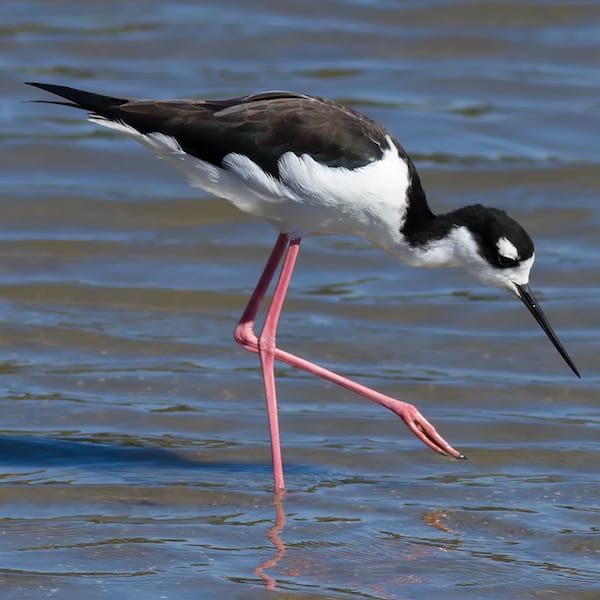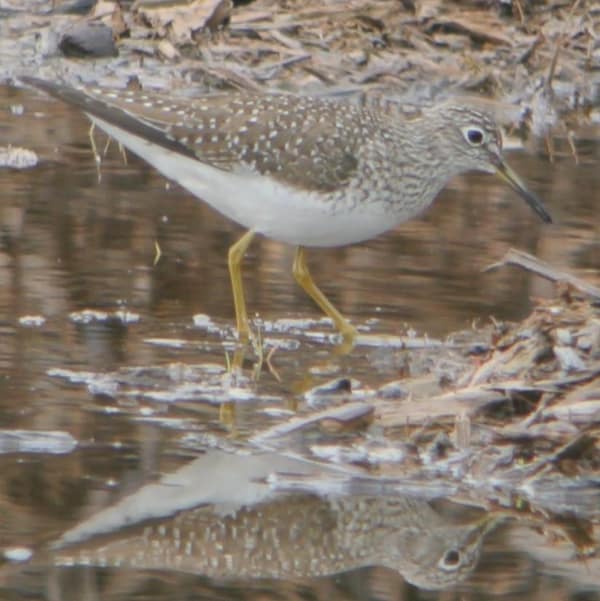What Does a Tundra Swan Look Like?
The tundra swan is a large waterfowl that is the most common swan species found in North America. It has a distinctive thick body and a long, elegant neck. Its entire plumage is pure white while its legs, feet, and bill are solid black. It typically, but not always, has a yellow patch at the base of its bill.
The whistling swan of North America and the Bewick’s swan of Europe were once thought to be separate species. However, they are now considered the same under the singular name “tundra swan.”
Listen For
The tundra swan has a variety of different calls that are bugle-like in quality. Among them include a short hoh while flying and a multi-purpose hoo-ou-hoo.
Find It
The tundra swan breeds in the far northern parts of Canada from Alaska all the way east to Baffin Island in Nunavut. There, it stays in the tundra along bodies of water such as lakes, large rivers, ponds, and along the coast of the Artic Ocean and Hudson Bay.
In the winter it migrates south down across central and southern Canada and into the United States. It primarily settles in parts of Nevada, Idaho, California, and Utah as well in the east along the mid-Atlantic coast and the eastern Great Lakes. In these locations it prefers to live in mellow rivers, shallow, marshy lakes, and estuaries.
Feeding Behavior
The tundra swan feeds primarily on various aquatic plants, including leaves, stems, roots, and seeds. It also occasionally eats mollusks, insects, and crustaceans. It forages by swimming and probing the water’s surface with its beak.
Sometimes it submerges its head or tipping its whole body upside down in the water in order to reach food. During the winter months, it also eats corn, barley, rye, rice, and soybean crops both fresh and left over from previous harvests.
Nesting Behavior
The tundra swan places its nest near a large body of water, specifically preferring an isolated island or elevated ridge. Both sexes build the nest, creating a mound of grasses, lichens, moss, and other plant materials with a depression in the middle to create a large open bowl.
The female lays 4 to 7 eggs that are a creamy white that often become stained a light brown from the nest materials. The female does most of the incubation with some help from the male for around 31 days before hatching. Both parents guide and assist the young in finding food for 2 to 3 months before fledging as well as the duration of their first winter.




